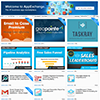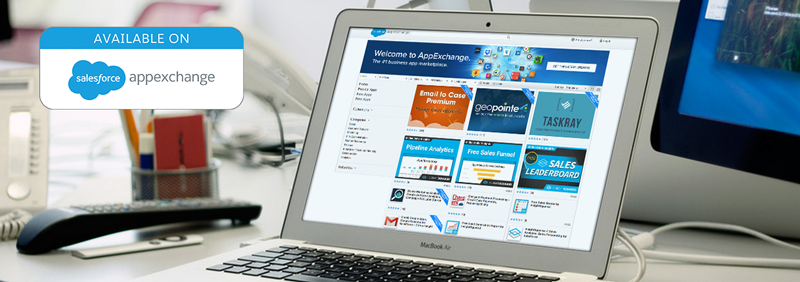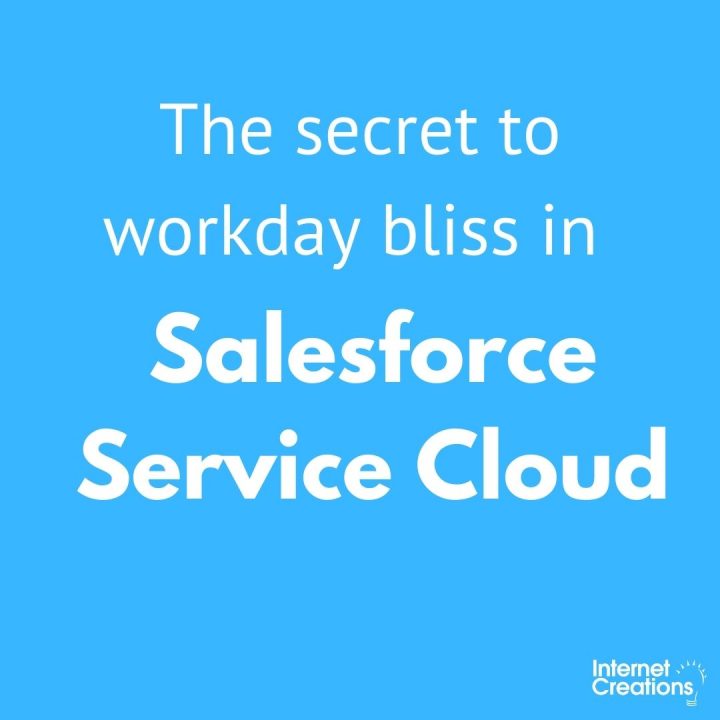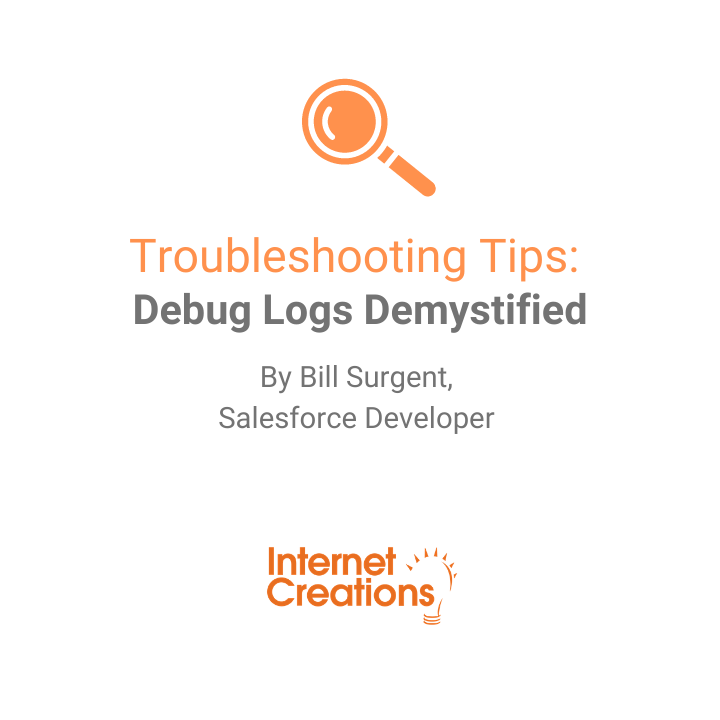4 Common Salesforce AppExchange Myths, Debunked

The AppExchange, Salesforce’s business app marketplace, provides valuable turnkey solutions for both enterprises and small businesses. But if you’re new to the AppExchange, the plethora of free and paid apps for nearly every department can simultaneously amaze and overwhelm, leading to frequent misunderstandings about the apps, their features, and their benefits.
How can you find the best apps for your organization? Start by separating fact from fiction.
Here’s the truth behind four common AppExchange misconceptions, plus tips to help you quickly find the apps you need.
Myth: AppExchange apps are not customizable.
Fact: AppExchange apps can be customized—especially if they are 100% native.
What exactly does “100% native” mean for customization? These apps are built entirely on the Salesforce platform and reside completely within Salesforce. This means you can leverage standard Salesforce functionality, such as workflow rules, validation rules, field sets, and page layouts, to customize the behavior of your AppExchange apps and align them with your existing business process.
Pro Tip: On the AppExchange, apply the “Native” filter to view all native apps.
Myth: AppExchange apps cannot be used on mobile devices.
Fact: Many AppExchange apps are available for Salesforce1 on iOS and Android mobile devices.
Mobile support is key both for Salesforce and across the AppExchange, with filters available for “Mobile,” “iPhone,” “iPad,” and “Android.” Many apps developed on the Salesforce1 platform can be used on your Android and/or iOS phones and tablets. Salesforce even has a developer pack to support apps on popular wearables.
What about Salesforce1 support for Windows phones and tablets? Last we heard, Salesforce is switching their focus from Windows 8.1 to building an app for Windows 10. For mobile browser support on Windows 8.1 phones, use Internet Explorer 11.
Pro Tip: On the AppExchange, look for apps with the blue “Salesforce1 Mobile” tag. You can also apply the “Mobile” filter to view all mobile apps. (Note that not all “Mobile” apps are “Salesforce1 Mobile” apps.)
Myth: The AppExchange features only paid apps.
Fact: Nearly half of the apps on the AppExchange are free.
While the majority of apps do require paid licenses, several are free (or have variable pricing, like discounted pricing for nonprofit organizations). In fact, as of this writing, about 1100 of the roughly 2900 apps on the AppExchange are free (including four of our own apps).
Pro Tip: On the AppExchange, select the “Free” pricing filter to view free apps.
Bonus Pro Tip: Don’t assume the price of the app reflects its quality. For example, our app Former Positions is a free and easy-to-install solution to the issue of what to do when contacts change companies. The app provides a solution so useful that, according to Salesforce MVP Phil Walton, who listed Former Positions among his best free apps at Dreamforce, it “should be standard functionality.”
So, be aware of both paid and free options when you’re evaluating Salesforce solutions. Check the reviews for both the app and the provider as part of your due diligence.
Myth: AppExchange apps are only for sales and marketing.
Fact: AppExchange apps are available for multiple departments and functions.
Over 50% of AppExchange apps fall under sales, marketing, and customer service. But if you’re looking for Salesforce solutions for other horizontals, you may be pleasantly surprised to discover several apps available for other functions and business units. For example, over 20% of apps are specific to IT and administration, and roughly 6% are for finance.
Pro Tip: To find apps specific to your department, try filtering apps on the AppExchange by category.
The AppExchange should be your go-to source for useful and relevant Salesforce turnkey solutions. Don’t let these common myths keep you from finding the right app. Follow these tips to navigate the AppExchange like a pro and discover the apps that are best for you and your organization.
Now that you know more about the apps available on the AppExchange, are you stumped on whether you should build or buy your Salesforce solution? Check out our infographic for 5 key considerations to help you make the right decision.
Editor’s Note: This was originally published in July 2015 and has been updated in January 2016 for accuracy.



